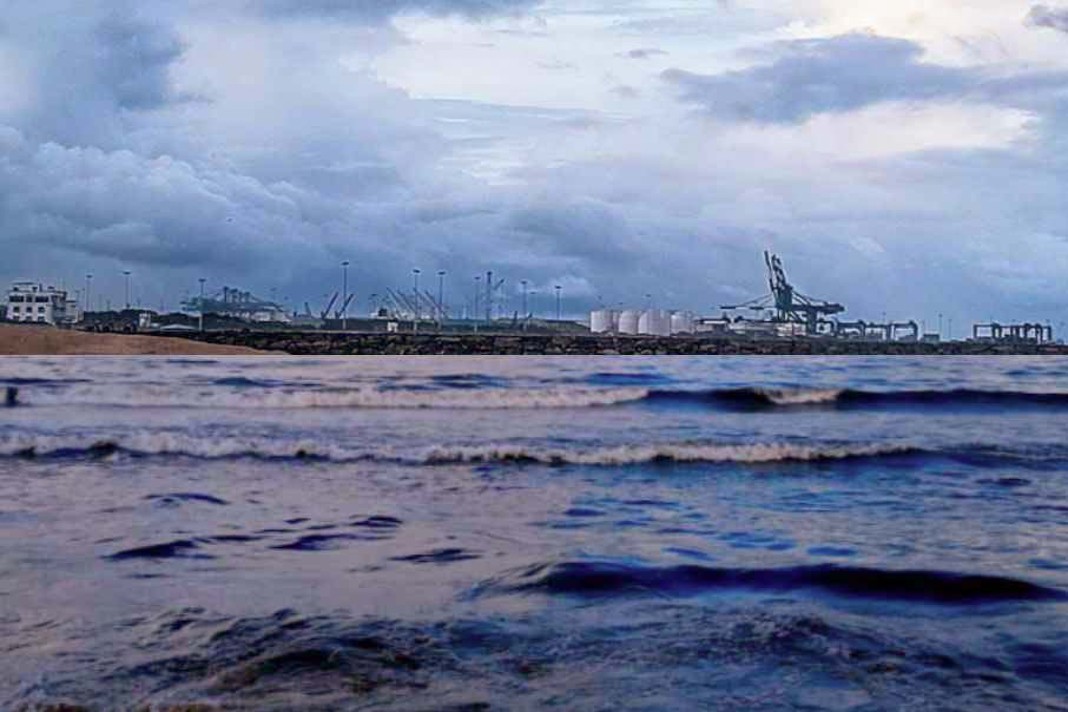 Construction of the world’s first artificial energy island, that will serve as an energy hub for collecting and distributing renewable energy from offshore windfarms, is well underway in the Belgium North Sea.
Construction of the world’s first artificial energy island, that will serve as an energy hub for collecting and distributing renewable energy from offshore windfarms, is well underway in the Belgium North Sea.
Milestones and Consortium
Milestones in building the massive Princess Elisabeth Island, some 45 km off the Belgian coast, were discussed by expert panellists during a session at IPF 2024 In New Orleans held in April. The first construction contract for the EU-funded artificial island project was awarded last year to TM Edison, a consortium made up of the Jan De Nul Group (JDN Group) and Deme Group.
Panellist JDN Group senior business development manager, Carl Heiremans, said the project would require building 23 caissons, or foundations, that will form the outside walls of the artificial island.
Caisson Construction & Island Infrastructure
Each concrete caisson weighs about 22,000 tonnes and takes about three months to build at a facility in Holland. The construction process involves five separate phases which take about 20 days each to complete, according to electricity grid infrastructure operator and developer Elia Group.
The first of the island’s caissons has almost been completed and will be transported by sea and installed on the seabed later this year. Located in about 18 m of water, the island will have a seabed footprint of about 25 hectares and around seven hectares on the surface.
Princess Elisabeth Island will connect to secondary wind zones, and in the future, will serve as an interconnector with the UK and Denmark. The island will act as an offshore energy hub, collecting high-voltage alternating current (HVAC) electricity generated by offshore wind farms in the Princess Elisabeth Zone, and send high-voltage direct current (HVDC) back to shore via subsea cables. With a capacity for up to 3.5 GW of offshore wind power, the island will facilitate the exchange of renewable electricity between European countries.
Advantages of Artificial Island
Building an artificial island allows for higher availability and easier maintainability than a floating substation, panellists pointed out. Additionally, Mr Heiremans noted: “You are less exposed on the energy island” to allow crews to safely maintain the energy infrastructure. He said the island also offers “much higher modularity to allow for build out.” Modularity is vital to allow for expansion and future proofing. Another consideration in the design was making the artificial island environmentally friendly to attract birds and sea life. He said construction of the island should be completed by 2026.
Completion Timeline and Stakeholder Perspectives
Mr Heiremans was joined on the panel by Blauwe Cluster chief executive Piet Opstaele, e-Bo Enterprises international business development renewables Vincent Dehullu, KU Leuven research expert Hakan Ergun and Wind Grid chief executive Markus Laukamp.
Energy security and resilience is driving the construction of Princess Elisabeth Island. One of the largest offshore wind developers in the world with about 2.26 GW of capacity, Belgium has joined with eight other European countries, Denmark, France, Germany, Ireland, Luxembourg, the Netherlands, Norway and the UK, in signing the Ostend declaration to develop 120 GW of offshore wind in the North Sea by 2030, and 300 GW by 2050.
Did you subscribe to our daily Newsletter?
It’s Free! Click here to Subscribe
Source: Riviera





















